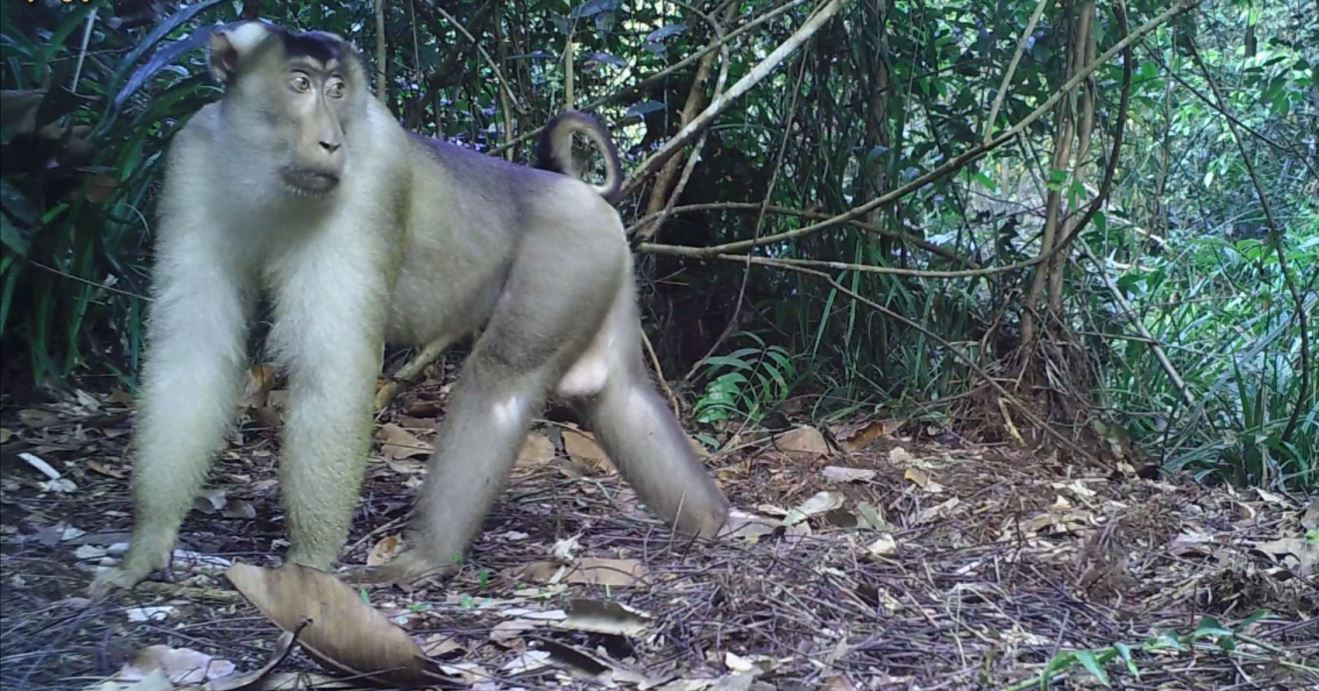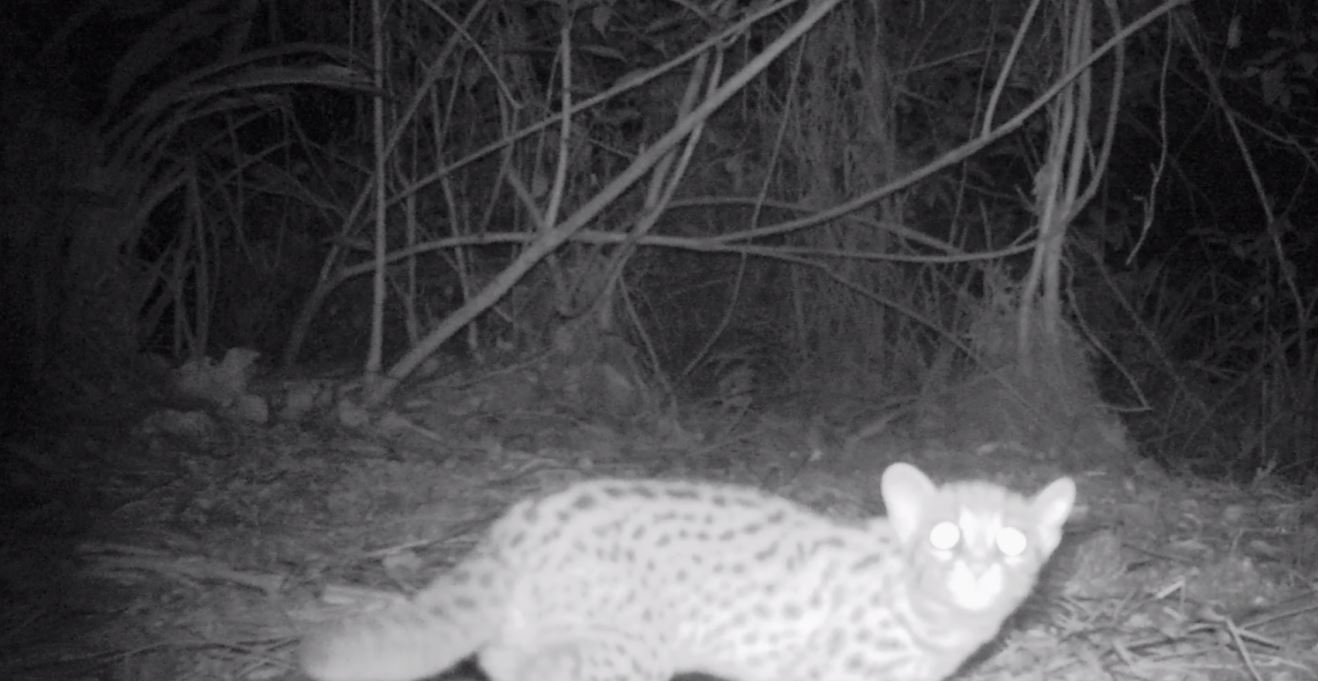Guest Post: APRIL continues to demonstrate how the private sector can lead on conservation
International conservation charity Fauna & Flora has been working with APRIL as a key partner in RER since 2013
By Paul Hotham, Senior Conservation Director, Fauna & Flora International
Climate targets and net zero initiatives are deeply embedded into a number of corporate strategies. While many companies have focused their efforts on their climate impacts, corporate biodiversity strategies have typically lacked attention.
Ignoring nature is problematic. It is estimated that more than half of the world’s economic output – US$44tn of economic value generation – is moderately or highly dependent on nature. While every business is reliant on our natural world, every business will also have a negative impact on nature through their operations and value chains. This creates a vicious circle where business’ impact on nature also creates real and immediate risks to their bottom line.
For many organisations, realising that their nature impact is not an issue that can be ignored is the first step. The next is to embrace that it’s not too late to change. By acknowledging and taking ownership for past shortfalls, most companies can have a net positive impact on nature in the long run.
The nature conservation charity I work for, Fauna & Flora, works with a number of carefully selected corporate partners leading in nature implementation across their value chains. We partner with companies across a range of industries, to help them achieve better outcomes for nature and the local communities living closest to it.

Paul Hotham
Often, we work as a trusted advisor to our corporate partners, visiting operating sites and working closely with site and procurement teams in almost all of our work, to embed nature-related decisions across their value chains. In some unique projects, we also have teams working directly on the ground to help manage their conservation projects.
An example of this can be found in Indonesia, where we are working to implement APRIL Group’s ecosystem restoration programme, Restorasi Ekosistem Riau (RER), managing key elements of the project related to biodiversity, climate and communities.
Established in May 2013, the RER programme started with an initial 20,265 hectares on the Kampar Peninsula and has today expanded to over 150,693 hectares. The project comprises a range of different conservation strategies but mainly centres around protecting the landscape from further degradation, and restoring the hydrology, native plant and wildlife species.
As a partner to RER, a large part of our work involves designing and carrying out bespoke surveys of the animal and plant groups that are present in the forest. We then consult with the RER team on the right strategy to conserve that biodiversity while advising on wider issues in conservation.
Thanks to these collaborative efforts, over the last decade the restoration area has seen a rise in the number of species identified, which has been documented annually in the progress reports. The area is now home to a spectacular array of plants and animals including the sun bear, flat-headed cat, Southern pig-tailed macaque and Sumatran tiger.

 The pig-tailed macaque and leopard cat are two of the species to be found in the RER forests.
The pig-tailed macaque and leopard cat are two of the species to be found in the RER forests.
Of the 896 species in key taxonomic groups that have been recorded there, 75 are included in the IUCN Red List, with 13 classed as Critically Endangered. It is also located on Sumatra’s largest peatland swamp, with a vast carbon storage capacity.
Unlike many conservation projects, which rely on public or philanthropic funding, RER has a sustainable funding pipeline via APRIL. This means conservation teams have the confidence and investment required for much-needed long-term planning, which can lead to greater conservation outcomes.
And, just as RER relies on APRIL’s funding, the future of APRIL’s business relies on RER. Amongst other benefits, the fiber plantations are dependent on forest land as a source of water. Nature benefits business, just as business can benefit nature.
Globally, the wider context for private sector environmental commitments is currently challenging. As such, we need companies like APRIL to stick to the positive commitments they have already made and, where possible, expand on their sustainability goals to deliver the real change we need to tackle the biodiversity loss and climate crises.
This guest post is published in conjunction with the release of Progress & Pathways: An Update on APRIL’s 2030 Sustainability Commitments and Targets.
APRIL’s conservation work is a key part of its broader 10-year sustainability agenda APRIL2030. Launched in 2020, it includes 18 challenging targets covering everything from carbon emissions to poverty alleviation. The new report published this month marking the mid-way point in the decade takes stock of the successes and challenges so far.
Paul Hotham is Senior Conservation Director at Fauna & Flora International and is a member of the RER Advisory Board.




